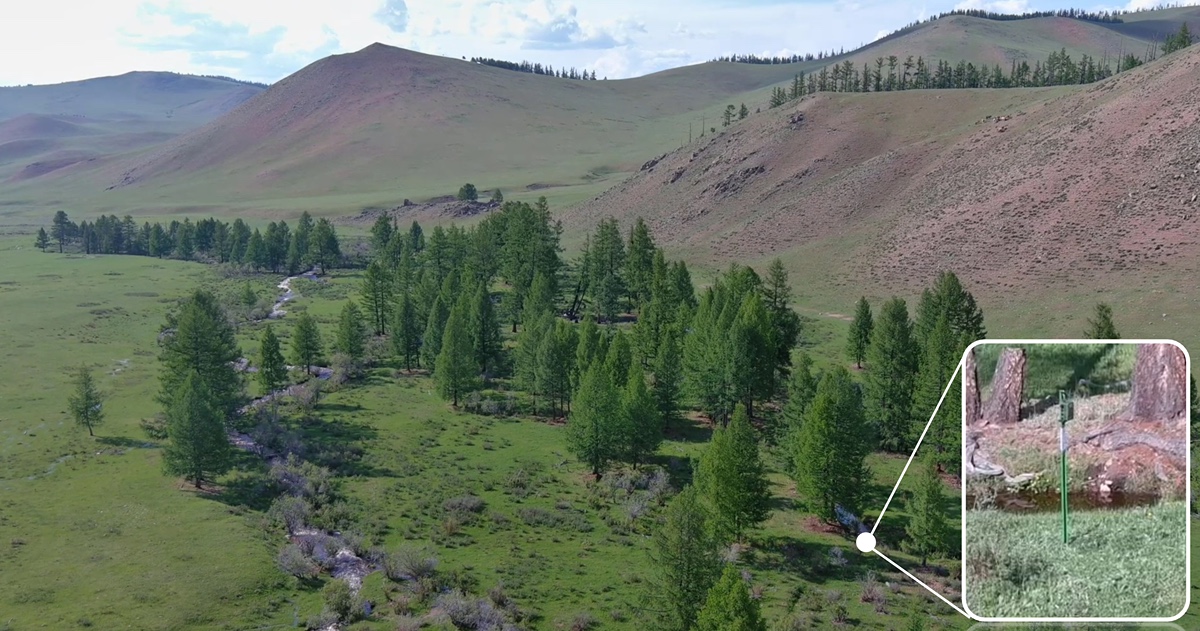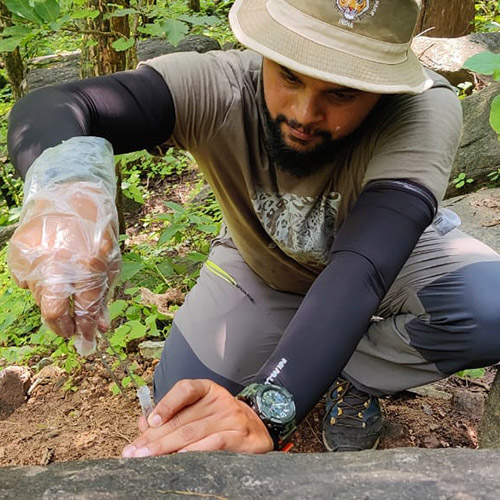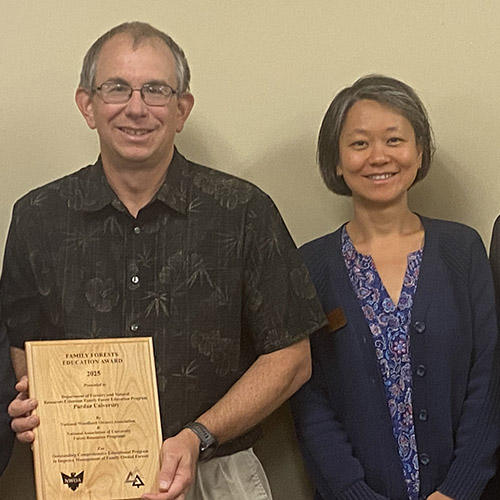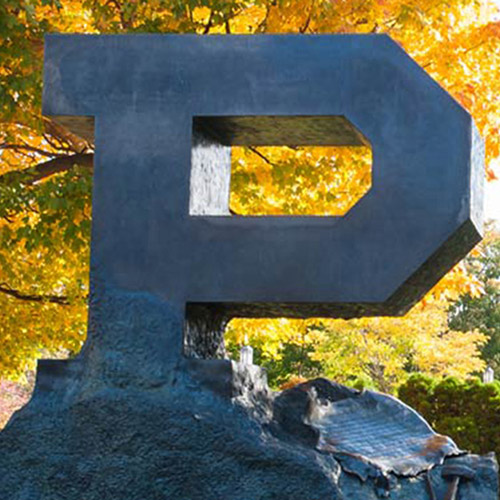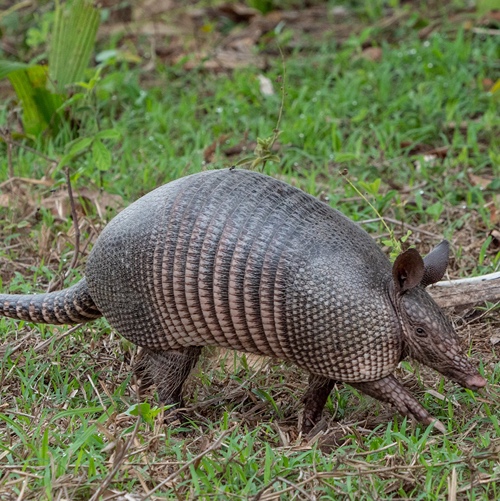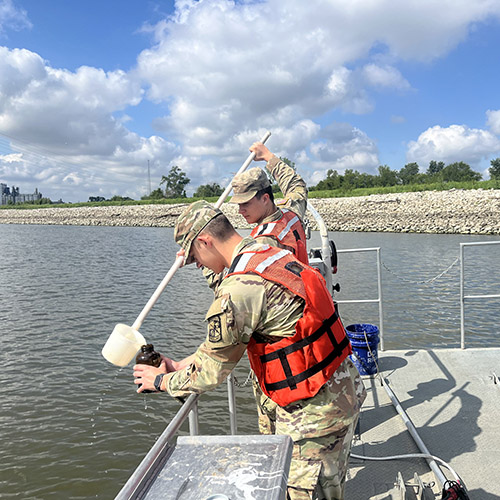New Grant Aims to Help Mitigate Spread of CWD
Chronic wasting disease (CWD), a prion disease, or progressive neurodegenerative disorder, that affects white-tailed deer, elk, reindeer, sika deer and moose. This fatal disease has not yet made its way into Indiana, but is found in nearby states including Michigan and Illinois.
Reducing the spread of CWD from source populations and affected areas to uninfected populations and CWD-free areas through management actions is key for long-term deer population management in Indiana and beyond. Dr. Pat Zollner, professor of wildlife science, is among a group of researchers aiming to assist with the mitigation process through a new grant funded by the Indiana Department of Natural Resources.
Zollner will be collaborating with Dr. Joe Caudell, assistant director of the Indiana DNR Division of Fish and Wildlife, and Dr. Ani Belsare, computational ecologist with the Civitello Lab in the department of biology at Emory University, on the project titled “Mitigating the Spread of Chronic Wasting Disease by Implementing Artificial Ecological Traps: Using Agent Based- Models to Compare Scenarios.”
“We are all really excited for this opportunity to use the cutting-edge approach of simulation modeling to help address an important issue that will impact iconic white-tailed deer populations across Indiana and thus the people who are interested in the well-being of this important resource,” Zollner said.
The goal of the project is to use agent-based models (ABMs) to realistically simulate deer movements in a virtual landscape and test how various management protocols – such as the creation of management zones, increased hunting or altering the age and sex ratios of the population - would affect the movements of immigrating deer to help prevent the spread of CWD. For this study, the models will simulate movement in various landscapes, including along river corridors such as the Kankakee, as well as the spread of infection from a point-source with a CWD-positive deer, while monitoring for dispersal movements, settling criteria, home range movements and grouping behaviors.
Once the models have been created and a range of scenarios have been tested, a digital tool will be developed that will measure the public’s acceptance of the various management options tested in the model. This tool will allow hunters and other citizens interested in Indiana’s deer populations to test their own ideas for how best to control CWD and educate themselves about proposed management methods and their varying levels of effectiveness over time.
Through both the model and the digital tool, the research group aims to understand the best methods to control the spread of CWD through different deer densities and movement, which will in turn inform management decisions and harvest regulations.
Graduate research assistant/PhD student Jonathan Brooks is among those with Purdue FNR that will work with Zollner on developing the model.
“Working on a high impact project like this is an incredible opportunity,” Brooks said. “Through research and engaging with Indiana residents, Indiana DNR is working hard to get ahead of this disease, and it is exciting to be part of that effort.”
The project, which began in earnest in January 2021, is projected to be completed by December 2022.
